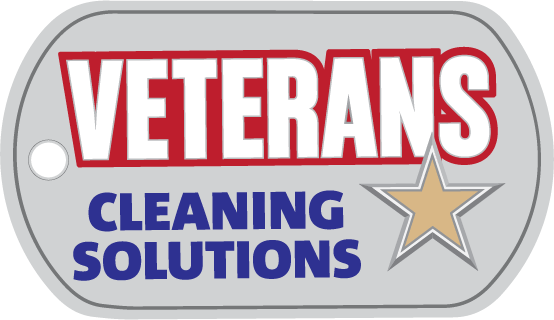If you need to clean the exterior of your home, you may not know whether you should go with pressure washing or soft washing. Before you make this decision, it’s important to understand some of the basic differences between these two exterior cleaning methods.

Pressure Washing
- Water Pressure—Pressure washing uses high-pressure water spray to eliminate dirt and grime from surfaces. The pressure used can range anywhere from 1,500 to 4,000 psi or higher.
- Cleaning Agents—This exterior cleaning method mainly relies on the force of water to remove buildup from surfaces.
- Surfaces and Applications—Pressure washing is generally suitable for harder surfaces that can withstand the pressure, like metal, brick, and concrete. In most cases, pressure washing is used for cleaning sidewalks, driveways, and parking lots.
Soft Washing
- Water Pressure—Soft washing uses low-pressure water spray to clean surfaces. The pressure used is typically less than 50 psi, which is about the same amount of pressure that comes from a garden hose.
- Cleaning Agents—This exterior cleaning method relies on the use of specialized cleaning solutions that break down and remove mold, mildew, algae, dirt, and other contaminants. These cleaning agents do the majority of the work, allowing for lower water pressure to be used.
- Surfaces and Applications—While beneficial for any exterior surface, soft washing is recommended for cleaning more delicate surfaces and materials, such as roofs, painted wood, and other surfaces that might be damaged by high-pressure water.
If you have questions about the best method to use for cleaning the exterior surfaces on your property, we’d love to offer our professional advice. Contact us today!
